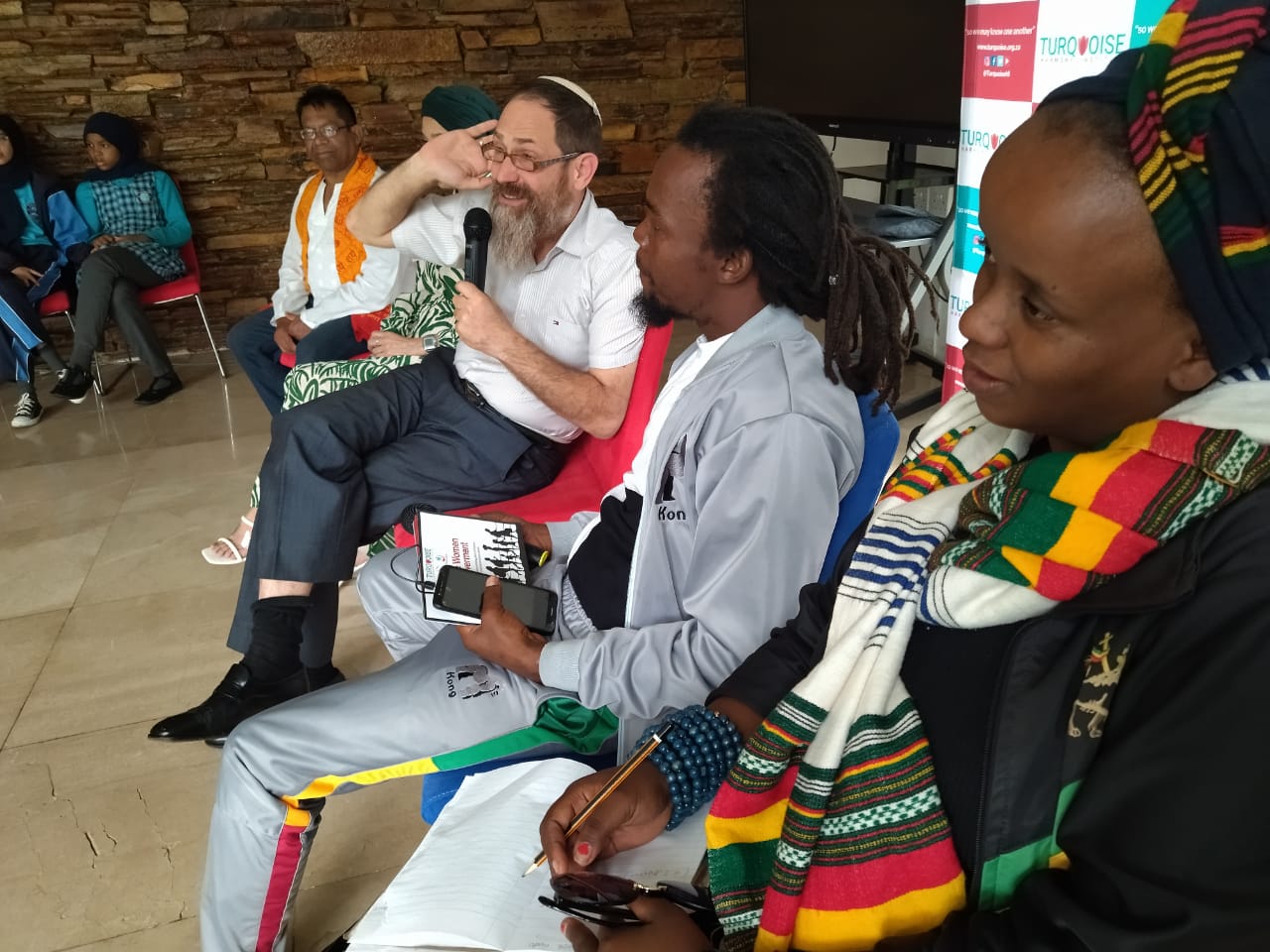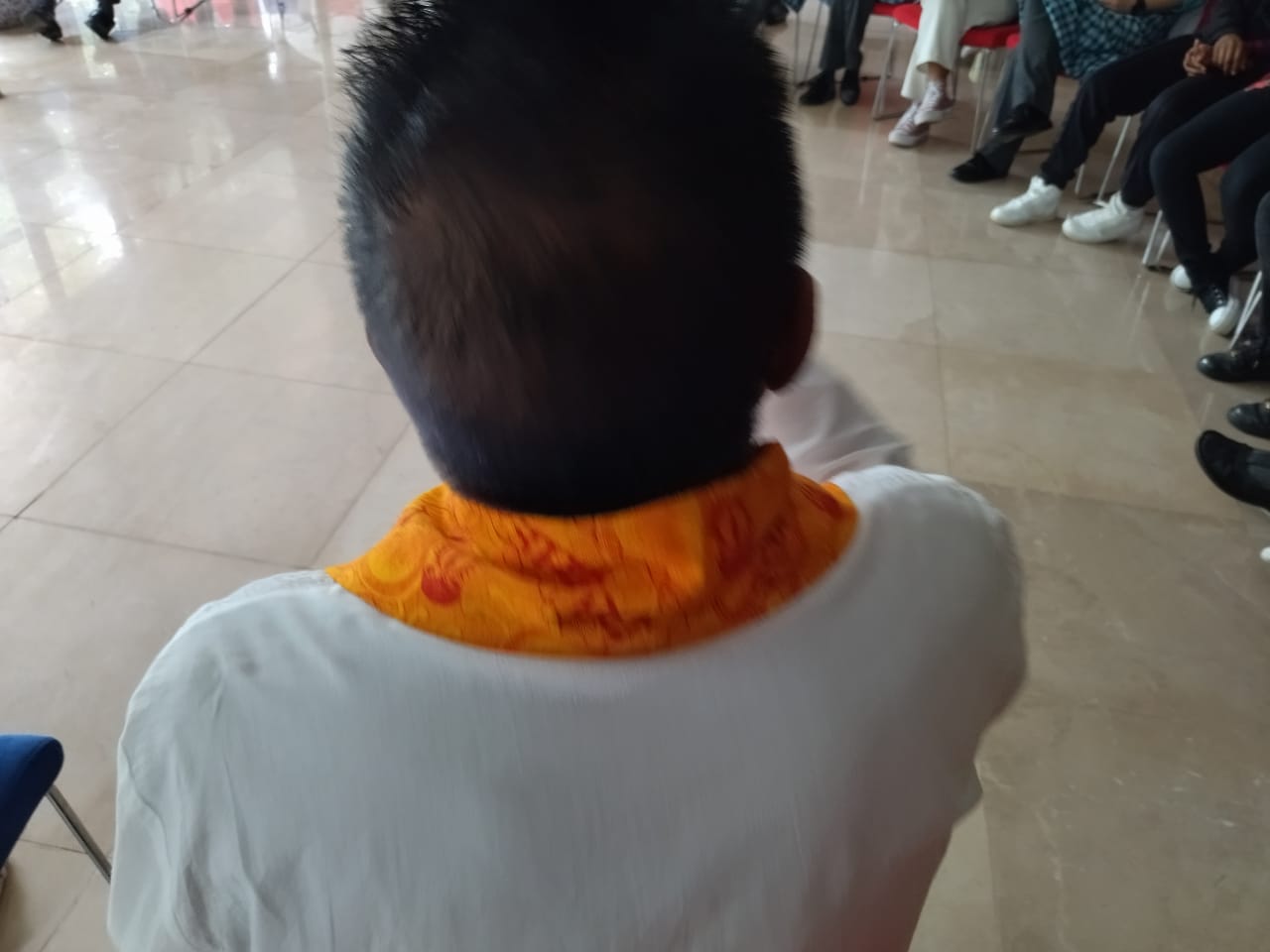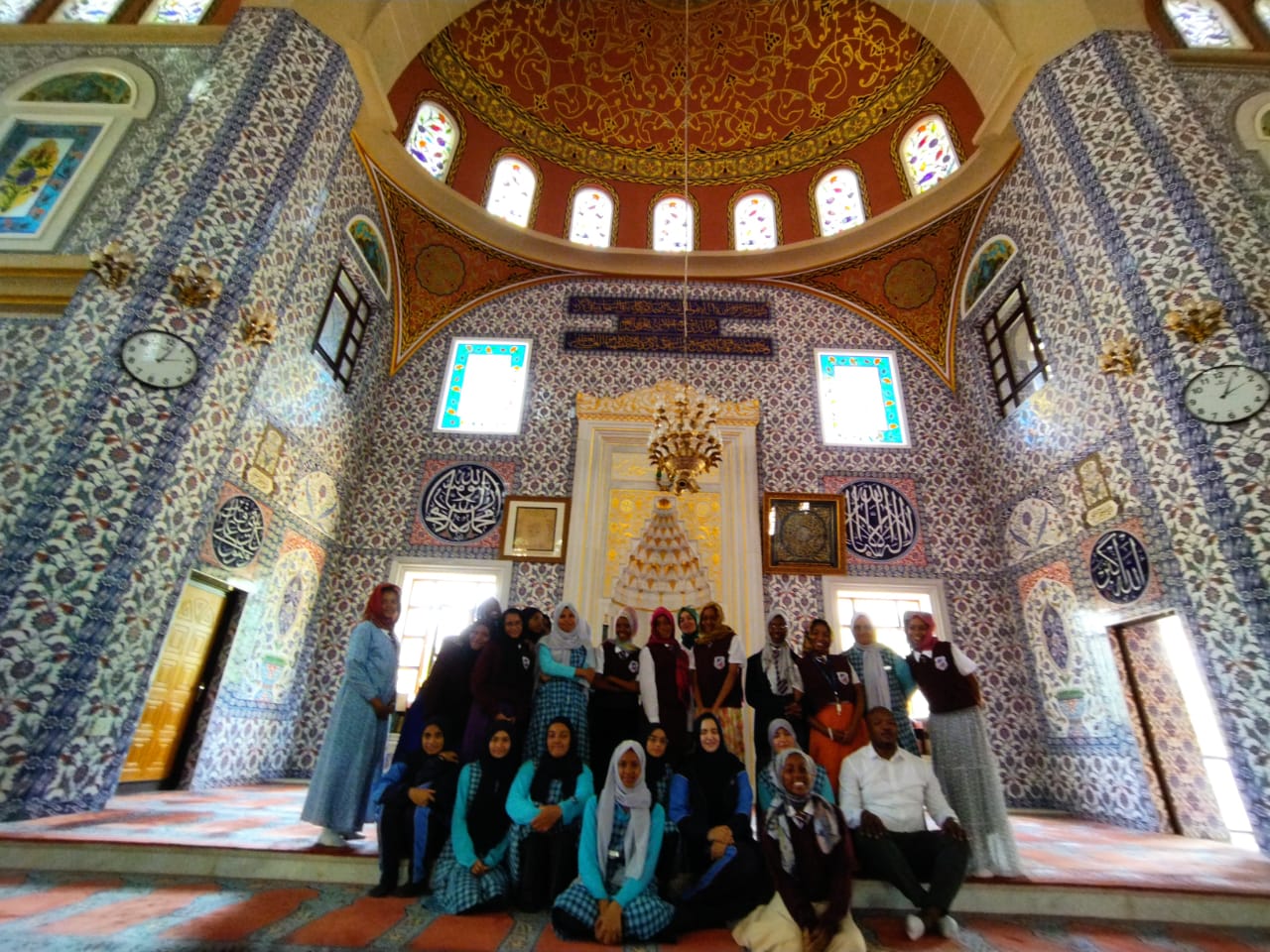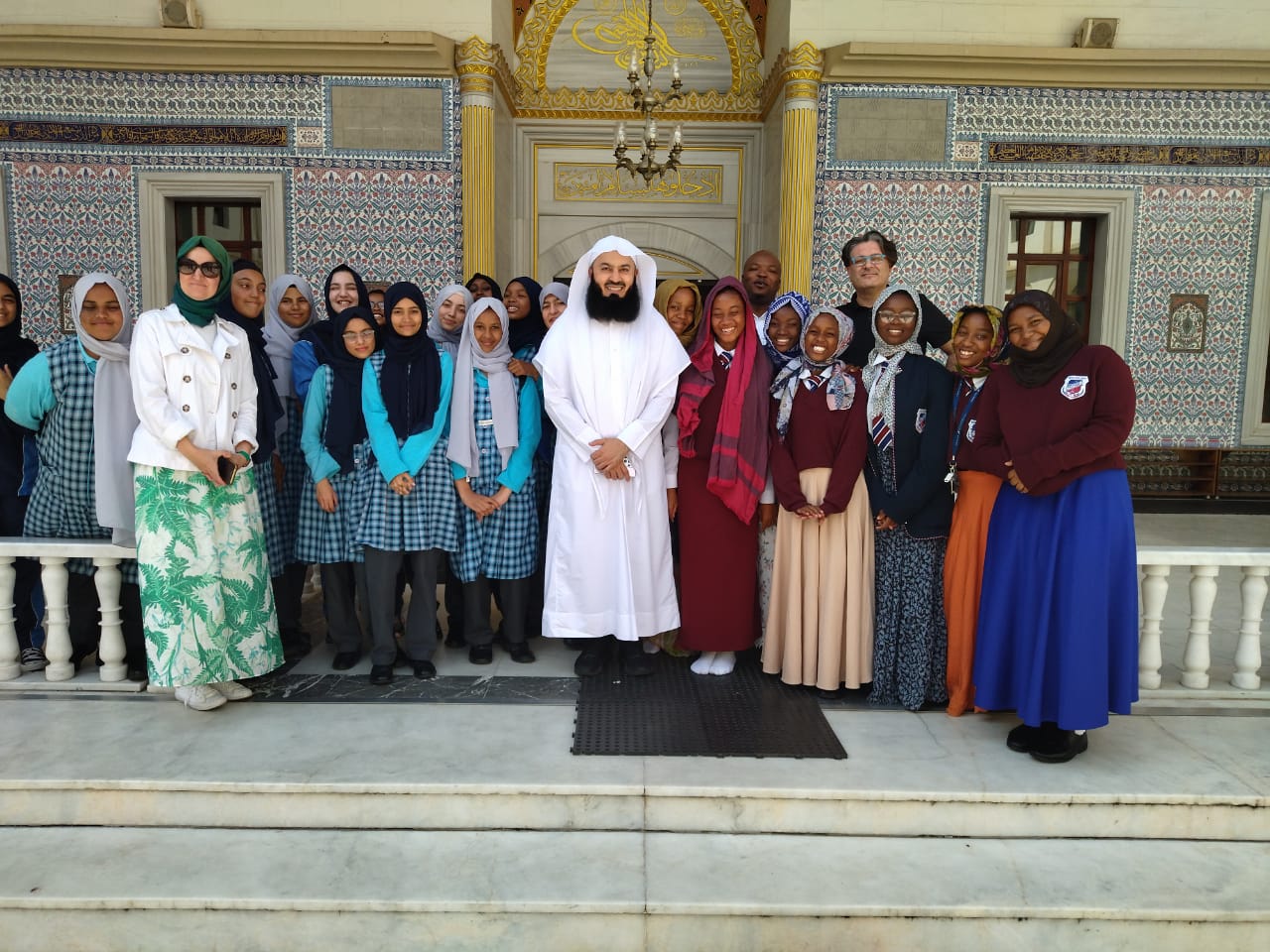Interfaith Project: Completion of Phases One and Two
























Interfaith Understanding and Collaboration among Girls Students from Different Faiths
Introduction
The purpose of this report is to provide a comprehensive overview of the completion of the first two phases of our interfaith project. The project was designed to promote mutual understanding and respect among different religious communities particularly young girls and to develop empathy and respect for others. The completion of phases one and two represents a significant milestone in achieving the project’s objectives.
Phase One: Knowledge
The first phase of the project involved visits to different religious centres and temples to learn about the fundamentals of each religion from official sources. A total of 24 high school girls from different religious backgrounds participated in this phase of the project. They visited several religious centres and temples. The visits provided the students with an opportunity to learn about the basic tenets of different religions, observe their practices, and interact with the members of different religious communities.
The visits were guided by experts in the respective religious traditions, including an imam, priest, rabbi, Hindu guru, and Rastafarian priest, who provided the students with accurate information and answered their questions. The students learned about the similarities and differences between the different religions, and gained a deeper understanding of the values, beliefs, and practices of different religious communities.
Phase Two: Structured Dialogue
The second phase of the project involved structured dialogue among the students to establish meaningful conversations and mutual understanding. The students were divided into groups, with each group representing a different religious tradition. The groups were then asked to choose a topic, such as compassion in different faiths, and to discuss it from their religions’ perspective.
The discussions were moderated by trained facilitators, who ensured that the conversations were respectful and constructive. The students learned how to listen actively, ask questions, and express their own opinions in a respectful and constructive manner. Positive interaction between the students was worth observing, which gives hope for building a more harmonious and peaceful society. They built new friendships from other religions which we believe will have a positive impact in their wider communities. Some of the important reflections through this dialogue session were very much encouraging how youth can play an important role to break down the barriers among different religious communities. Such as:
“It made me realise that our differences don’t really define who we are , our commonalities define who we are. That what we should focus on.”
“Having such activities is important because we tend to believe what individuals have to say about the other religion from social media. This platform is important to break down stereotypes”
“I found out that we actually have more things in common than things which separate us. I think we must focus on commonalities more than the differences to avoid religious conflicts”.
“I am now ready to learn more about other religions rather than just assuming things”.
“I definitely learned that we accept each other as we are. I grew up in a deeply Christian family and have not been allowed to make friends with people of different beliefs. For them, if you are not Christian, you are like an enemy. But now I learned that everyone has different personalities. We are different but very much the same at the same time”.
Impact of Phases One and Two
The role of youth in interfaith dialogue is crucial, and this was evident throughout this project. The young girls who participated in this project proved to be excellent ambassadors of their respective faiths and demonstrated that young people can play a critical role in promoting mutual understanding and respect among different religions. Young people are often seen as the future of society, and their involvement in interfaith dialogue is vital to building a more harmonious and peaceful world. They bring fresh perspectives, new ideas and a willingness to engage with others from different backgrounds. In addition, youth are often less burdened by historical prejudices or biases that can hinder effective interfaith dialogue, making them more open to exploring the beliefs and practices of other religions. Their willingness to listen and engage in respectful dialogue helped break down barriers and build bridges of understanding. Through their actions, they demonstrated that young people have the power to make positive changes in society.
As a result, the completion of the first two phases of the project had a significant impact on the participating students. They gained valuable insights into different religious traditions, developed empathy and respect for others, and learned how to engage in meaningful conversations with those who hold different beliefs. They also learned to challenge their own prejudices and misinformation, and gained a better understanding of their own religions.
In addition, the involvement of various religious leaders such as the imam, priest, rabbi, Hindu guru, and Rastafari priest with the students had a significant impact. The religious leaders provided insights into their respective faiths and answered the students’ questions about their beliefs and practices. This interaction allowed the students to gain a deeper understanding of each religion, which helped build mutual respect and understanding among the students.
The completion of phases one and two has also had a positive impact on the wider community. Students shared their experiences with their families, friends, and classmates, helping to promote mutual understanding and respect among different religious communities. They also served as role models for others, inspiring them to learn more about different religions and to engage in meaningful conversations with those of different faiths.
Conclusion
In conclusion, completing the first two phases of our interfaith project represents a significant milestone in achieving the project’s objectives. The project has provided the students with valuable insights into different religious traditions, developed empathy and respect for others, helped to promote mutual understanding and respect among different religious communities, and built new friendships across different religions.
We look forward to completing the third phase of the project, Action for the Common Good, and working together for the betterment of our communities. Finally, we believe that through the Action for the Common Good phase of the project, the girls will be motivated to work together for a common goal. This will allow them to see that even though they come from different religious backgrounds, they can work together for the betterment of society. This sense of cooperation and collaboration will positively impact their wider communities as they continue to apply these values and skills in their future endeavours. Unfortunately, due to time constraints with the schools’ busy schedules, we could not realize the third phase in February. However, the girls have already decided on some very creative collaborative projects that will begin in April 2023.
